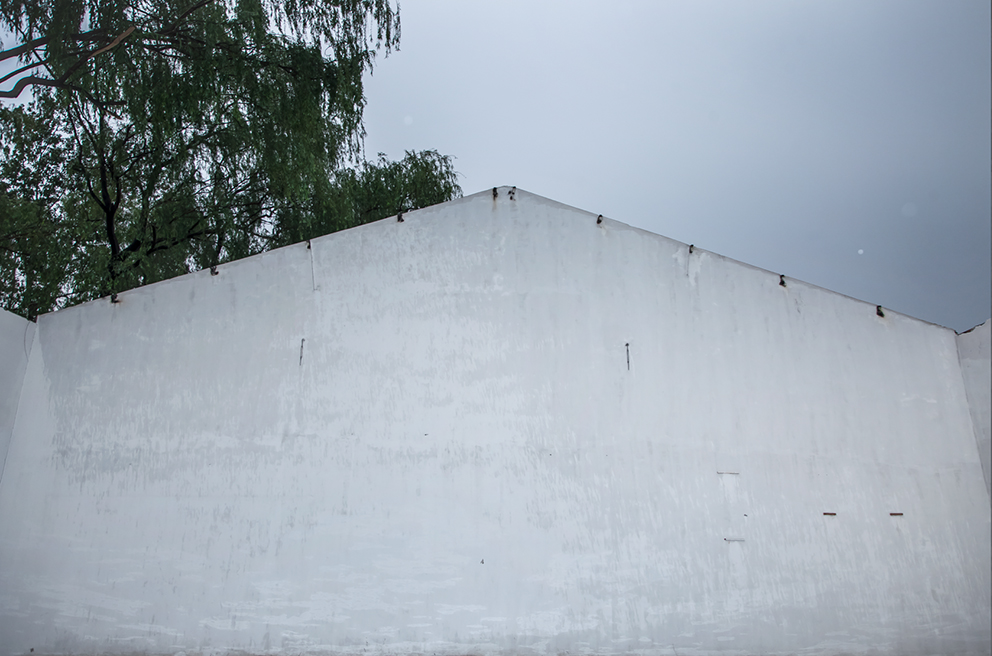 No. 1
No. 1 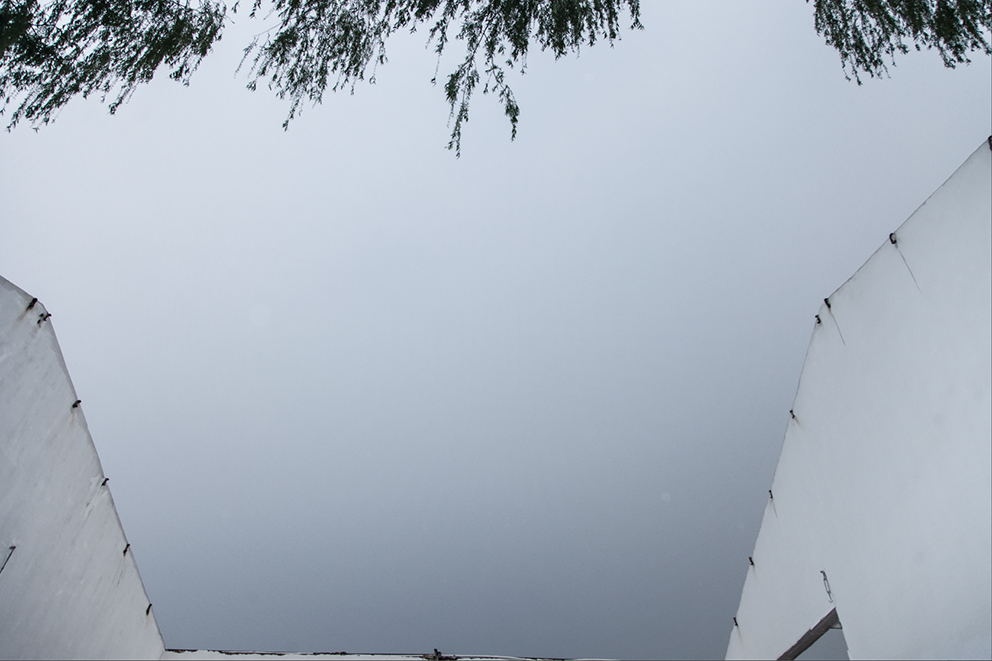
No. 2
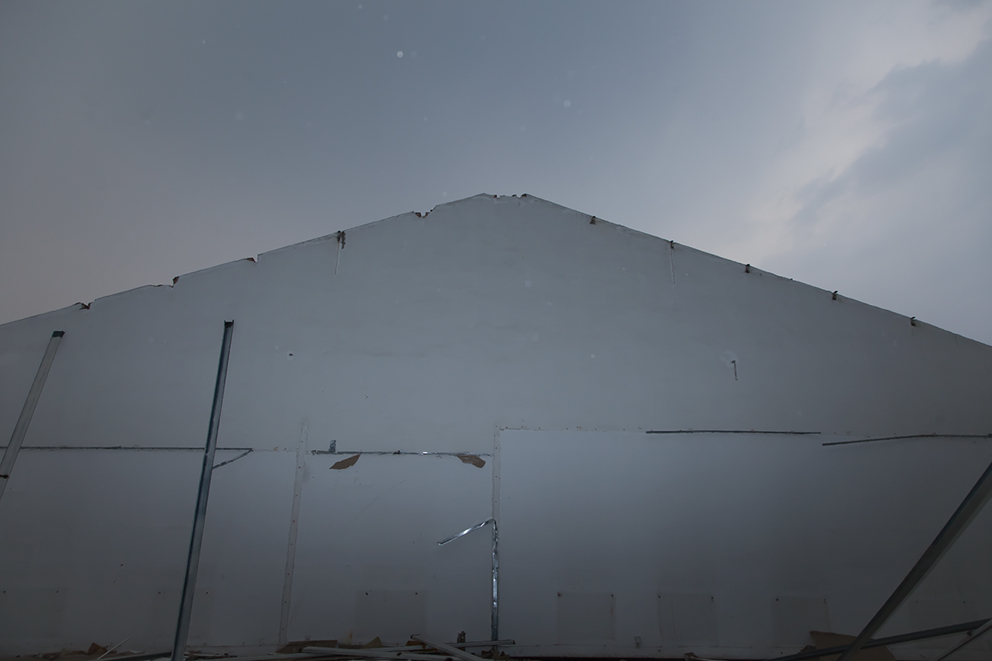
No. 3
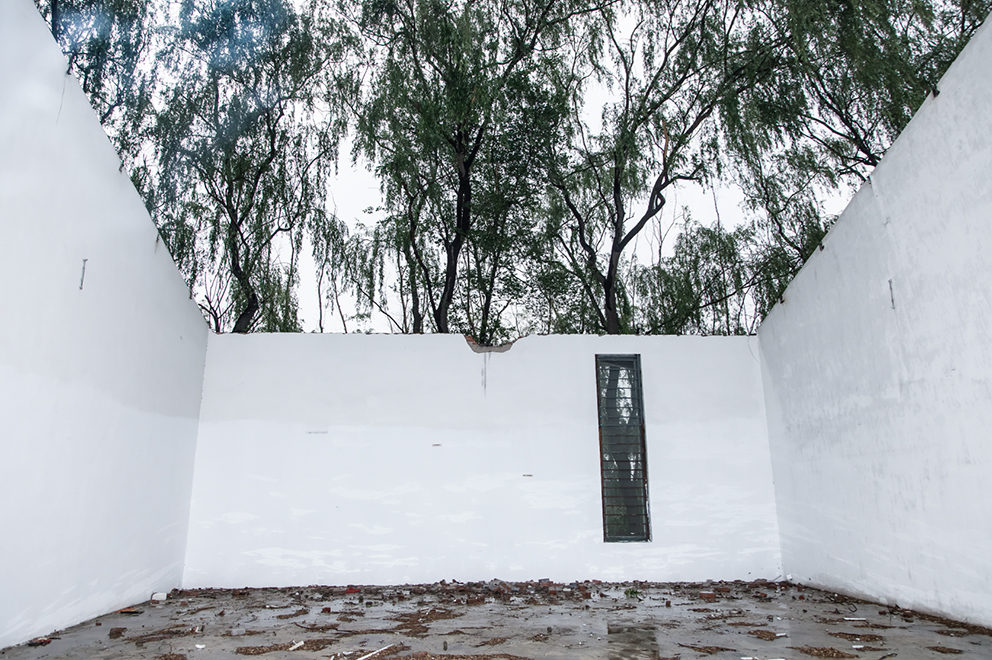
No. 4
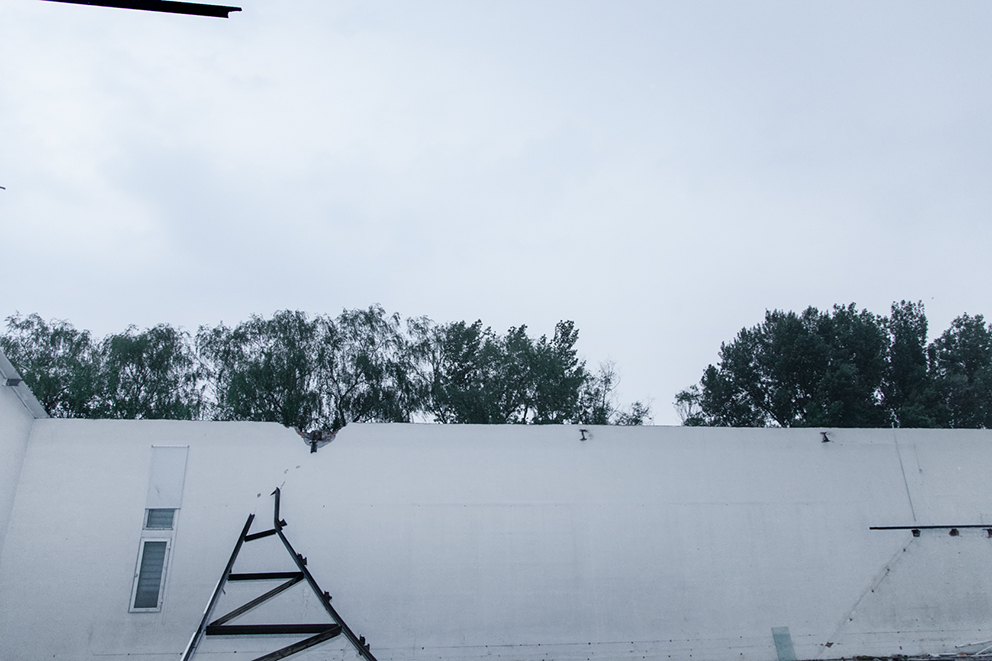
No. 5
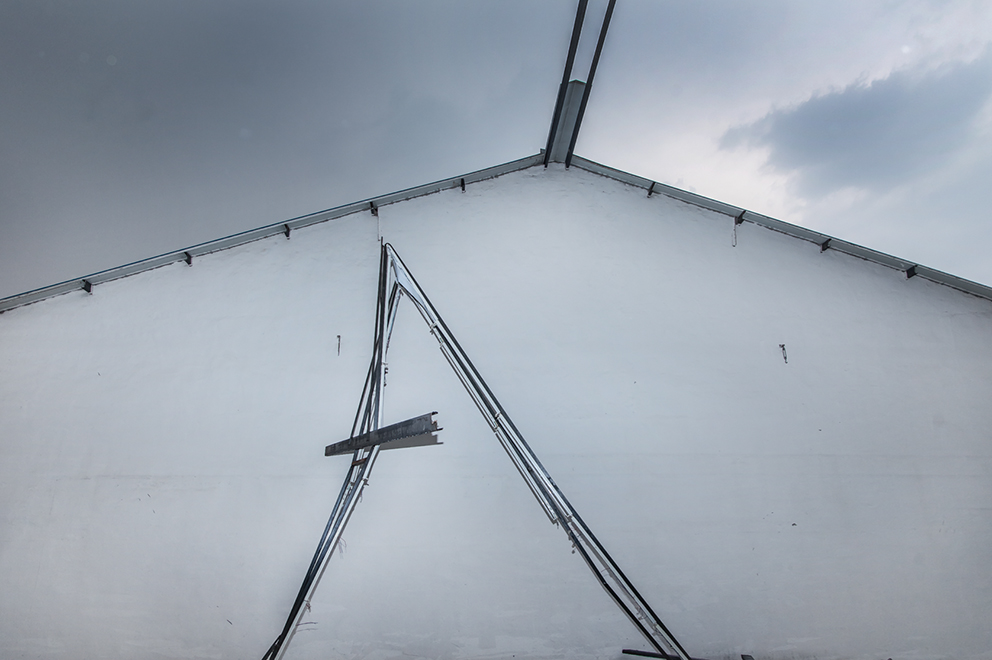
No. 6

No. 7
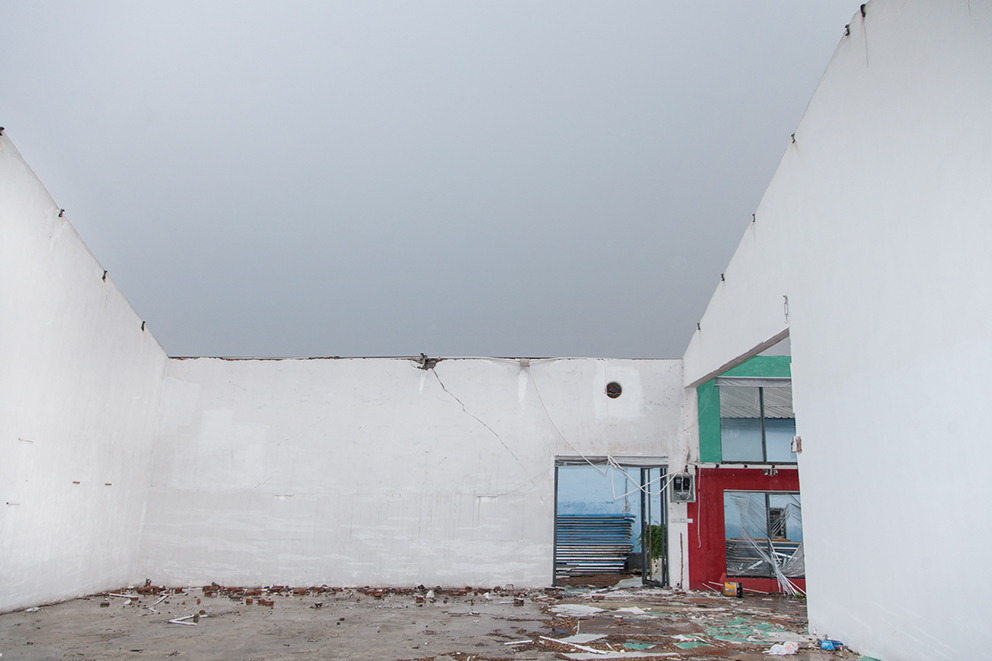
No. 8
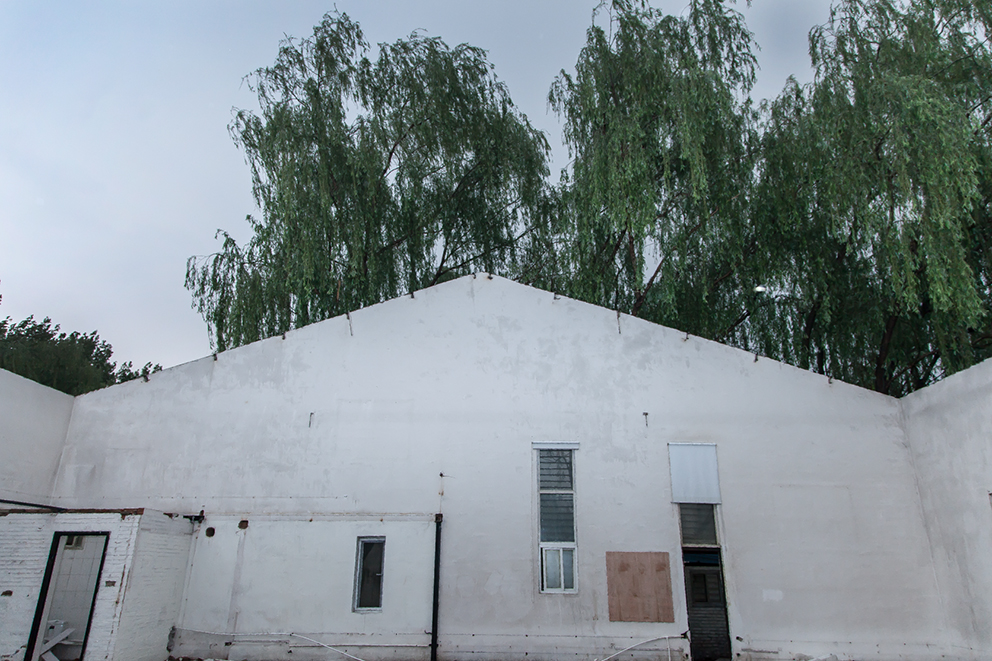
No. 9
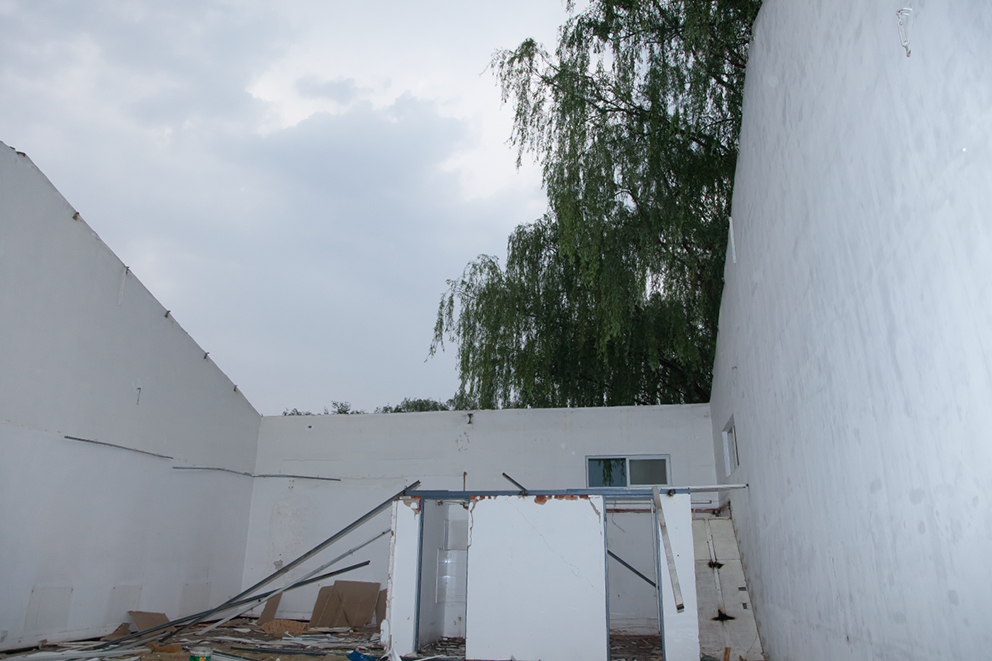
No. 1
50*70cm
ultra giclee
2014
Architecture simultaneously bears the past, present and future of a city, while the city itself contains the fate of entities. The body of each of these entities bears the memories of a space, an architecture. Yet, spaces endlessly evolve due to the conflicting nature of humans. From the devastation of a war, to the loss of an experience, though derelict spaces continue to exist with markings amongst other evidences. When the structure of an architecture is revealed, it provides a new excitement for the people who used to reside there, the effect of this stimulation exists within the sacrificial calmness prior to its demolishment, as well as the beauty in which memories are embodied.
The destruction of private spaces renders the existence of humans impossible in the future, while leaving the traces of humans of the past behind. The walls that have not been completely torn down continue to stand erect, thereby becoming an eternal scenery, no longer able to go back in time, nor possible to have a future. Utopias such as art districts exist awkwardly in the city, creating a landscape that is unique in itself. The architecture of art districts does not embody the overpowering carnal quality of the architecture in the city, nor is it monumentally otherworldly - it is just right. It fits just right with the ruins and the landscape that surround it. Marks left by nails all over white walls, as well as the Rothko-like red markings in the room are the genes left behind by its architecture.
Our bodies and architecture itself simultaneously bear the traces of destruction, while memories are reinforced in the process of traces both being lost and left behind. The memories of a city will eventually disappear from either being continuously strengthen or weakened. However, what I must do is to document each of these fleeting but eternal moments that appear in the process.
